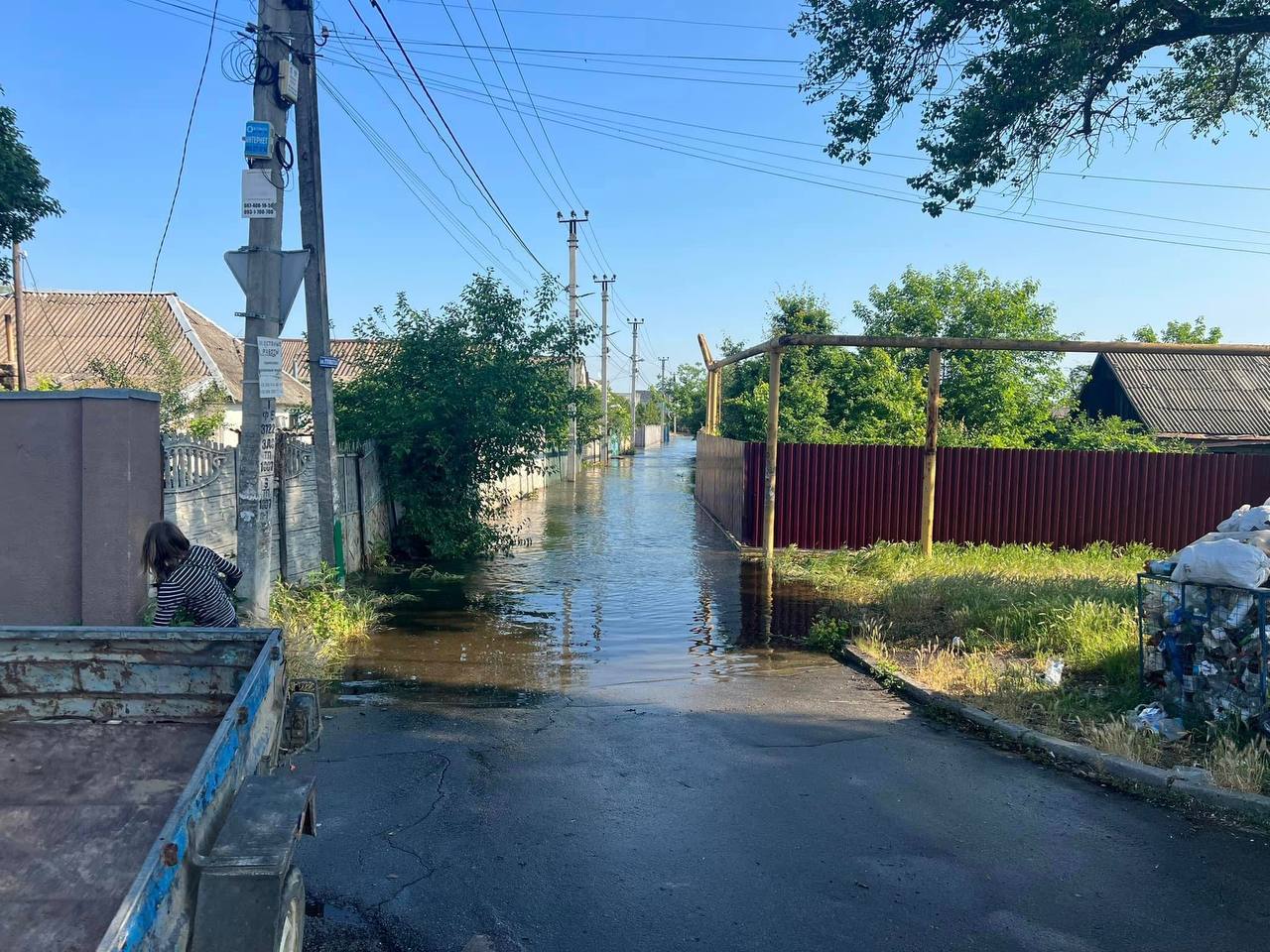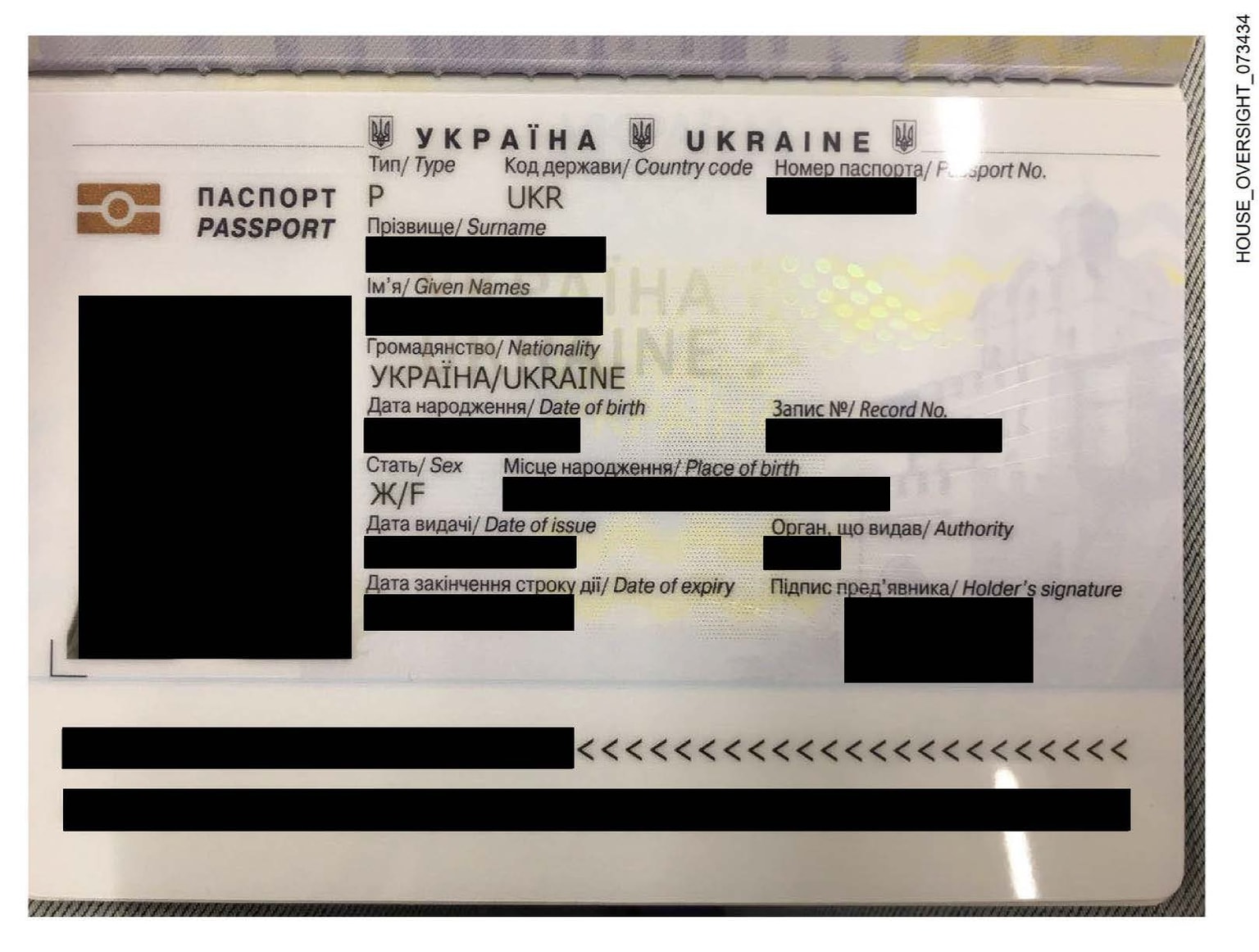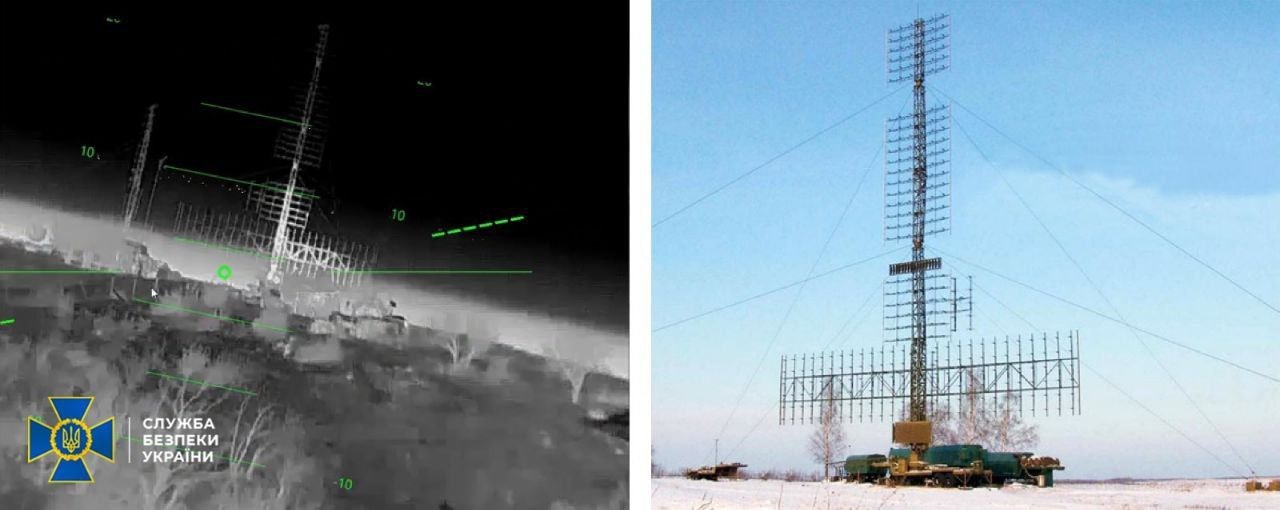Ministry: 10,000 hectares of arable land expected to be flooded in Kherson Oblast

Ten thousand hectares of arable land on the right bank of the Dnipro River in Kherson Oblast are expected to be flooded after the disaster at the Kakhovka dam on June 6, the Agriculture Ministry reported on June 7.
According to the Agriculture Ministry, a "significantly larger area" on the left bank, which is currently under Russian occupation, will also likely be impacted.
The mass humanitarian and ecological disaster unfolded after the Kakhovka dam collapsed around 2:50 a.m. on June 6. According to the Ukrainian authorities, Russian forces blew up the dam to prevent a Ukrainian counter-offensive.
More precise information will be available in the coming days as officials continue to investigate the extent of the flooding.
The destruction of the Kakhovka dam will also interrupt the water supply to 31 irrigation systems in the Dnipropetrovsk, Kherson, and Zaporizhzhia oblasts, the ministry wrote.
The economic damage to Ukraine's agriculture industry, which has already suffered greatly since the start of Russia's all-out war, is at risk of becoming even higher.
According to the ministry, these 31 systems provided irrigation for 584,000 hectares of land in 2021, from which Ukraine was able to harvest approximately 4 million tons of grains and oil crops in 2021, valued at around $1.5 billion.
Only 13 irrigation systems were operational on the right bank of the Dnipro River in 2023. After the destruction of the Kakhovka dam, the water source has been "effectively cut off" for 94% of the irrigation systems in Kherson Oblast, 74% in Zaporizhia Oblast, and 30% in Dnipropetrovsk Oblast, the ministry wrote.
"The destruction of the Kakhovka Kakhovka Hydroelectric Power Plant could turn the fields in southern Ukraine into deserts as early as next year," the ministry added.
The biodiversity of the region is also expected to be heavily impacted. Officials are already observing the death of local fish populations and warn that "as the water level drops, the eggs will dry out on the exposed areas."
Fauna native to the Kakhovka Reservoir will also be "carried away by the water flow into the floodplains formed downstream of the Kakhovka dam," and end up on dry land when the flood waters finally recede.
Fauna in the nearby Black Sea will also likely suffer from an influx of freshwater, according to the ministry.
The potential economic loss to Ukraine's fishing industry in the region could reach Hr 4 billion ($108 million), while preliminary estimates indicate that the economic losses from the harm caused to the region's biodiversity could amount to Hr 10.5 billion ($284 million).
"The negative consequences of the devastation of water bioregions will be observed for several consecutive years, even after the Kakhovka reservoir is refilled in the near future. It will take a long time to restore the quantitative and qualitative composition of fish populations and the recovery of benthic ecosystems as a food base," the Agriculture Ministry wrote.
Over 1,300 people have already been evacuated from high-risk flood zones according to the Interior Ministry, and evacuation efforts are still ongoing.
Kherson Oblast Governor Oleksandr Prokudin reported on June 7 that 1,852 homes have been flooded on the right bank and the water level is expected to rise by another meter in the next 20 hours.











